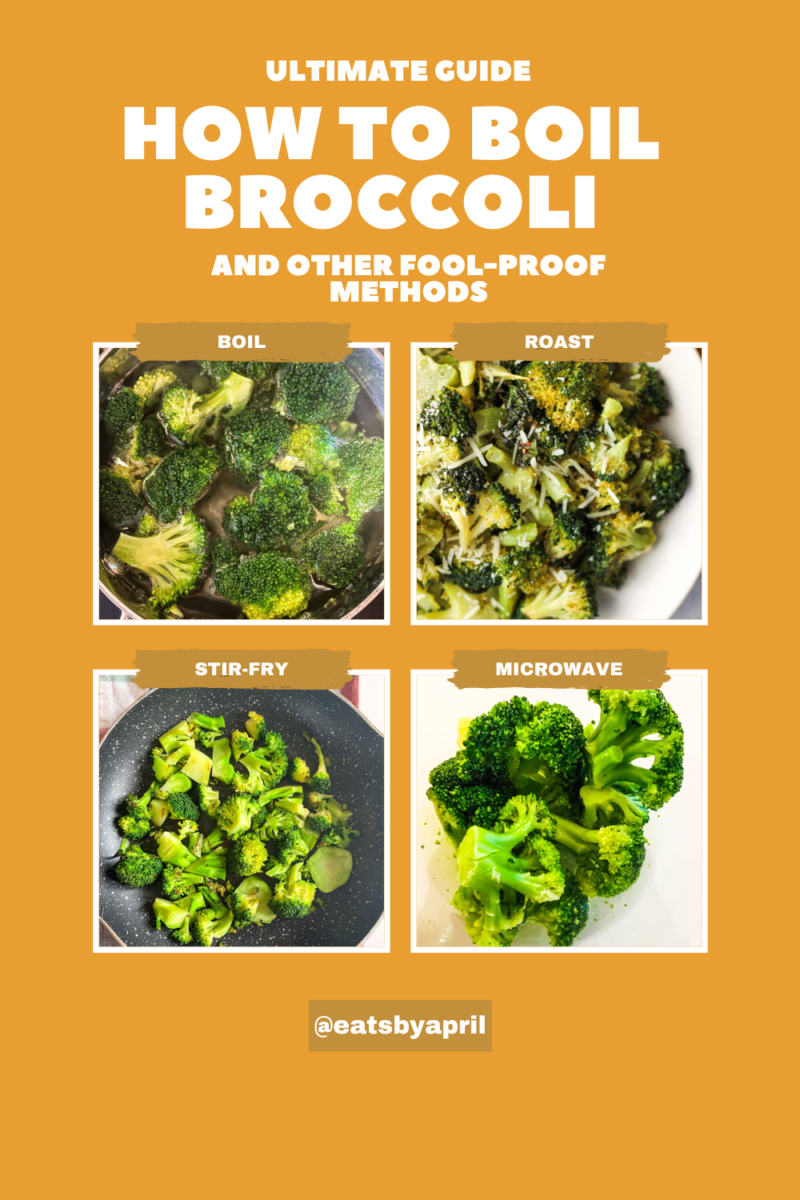
Smart Ways to Make a Shirt in 2025: Discover Essential Techniques
As we venture into 2025, the art of shirt making has evolved, integrating modern techniques with sustainability and individual creativity. Understanding how to make a shirt not only allows you to express your personal style but also gives you the opportunity to customize every detail to your liking, from fabric selection to the final fittings. With a simple DIY shirt guide, you can create unique pieces that reflect both current fashion trends and quality craftsmanship.
This article will provide you with a comprehensive shirt making tutorial, covering essential techniques for fabric selection, pattern drafting, cutting fabric, and sewing techniques. Whether you are a beginner looking for sewing tips or a seasoned tailor wanting to refine your skills, this guide will help you navigate through the process. By the end, you'll be equipped with the knowledge to create your custom shirt, including insights on various styles, collar types, and sustainable practices.
Let’s embark on this journey of shirt making together and discover the benefits of handmade shirts! You’ll find practical advice, expert insights, and all the creative inspiration you need to craft a perfect shirt.
Understanding Fabric Selection for Shirts
Choosing the right fabric is crucial in the shirt making process. Fabrics can significantly influence both the look and feel of the final garment. Cotton, silk, linen, and blends each bring their unique characteristics to a shirt. For instance, cotton is popular for its breathability and comfort, making it an excellent choice for casual shirts, while silk offers a luxurious feel perfect for dressier occasions.
When buying fabric online, it's essential to understand fabric weights and characteristics to ensure you make the best choice for your shirt design. Lighter fabrics are suitable for summer shirts, while heavier materials work better during cooler months. Additionally, you can explore eco-friendly fabrics as a sustainable choice that aligns with modern fashion trends.
Each fabric also comes with care instructions, which guides how to maintain its quality and texture. Ensure you check these before making a purchase to protect your investment. To illustrate the diversity in fabric options, consider using an array of fabrics such as denim for a rugged look, or lightweight chambray for a relaxed vibe.
Building on these fabric fundamentals, let's delve into the essential tools and materials that will facilitate the shirt-making process.
Sewing Tools Needed for Shirt Making
Equipping yourself with the right sewing tools is vital for the success of your shirt-making project. Tools include scissors for cutting fabric, a rotary cutter for precise cuts, and various types of sewing threads that can affect the garment's final appearance. You will also need an iron for pressing seams and ensuring the quality of your final product.
In addition to standard tools, consider investing in interfacing for shirts, which helps to stabilize areas like collars and cuffs, ensuring your shirt holds its shape. For those embarking on DIY fashion projects, shirt making kits can provide all the necessary elements in one package, especially for beginners.
Common sewing mistakes occur when tools aren’t used properly. For example, using the wrong type of needle can lead to skipped stitches or snags. Therefore, understanding your sewing equipment's terminology and usage will significantly enhance your sewing experience.
Tailoring for Fit: The Importance of Measurements
Accurate shirt measurements are paramount in achieving the perfect fit. Learning how to measure yourself or your desired fit guide is essential in ensuring that the shirt is tailored correctly. Essential measurements include chest, waist, hips, shoulder width, and sleeve length.
After measuring, it’s crucial to make any necessary adjustments for a comfortable fit. This ensures that your shirt not only looks good but is also practical for daily wear. Tailoring adjustments can include taking in the sides, lengthening sleeves, or adjusting the collar size. Having a fitting guide or shirt fitting adjustments reference can aid this process significantly.
Once you’ve mastered taking measurements, it’s time to proceed to pattern drafting, creating the initial shape and design of your shirt.
Pattern Drafting: Creating Your Semi-Custom Fit
Pattern drafting is a creative and technical skill that allows you to create your shirt from scratch. Understanding shirt patterns available can help you determine what style you wish to achieve. Many tutorials explain how to draft patterns using basic measurements, allowing for a custom fit tailored to your preferences.
When drafting patterns, one essential factor to consider is the different sleeve styles and collar types. Each affects how the shirt hangs on the body and enhances its overall aesthetics. For instance, a fitted sleeve design contributes a modern silhouette, while a classic set-in sleeve offers timeless appeal.
After drafting your pattern, it’s crucial to conduct a toile fitting, which is a mock-up of the garment made from inexpensive fabric to test the fit and style before cutting into your chosen fabric. This phase reduces risks in shirt making by allowing adjustments without wasting quality material.
This naturally leads us to the next vital step in the shirt-making process: cutting fabric accurately.
Cutting Fabric: Precision Matters
Once your pattern is ready, cutting fabric is the next step in this journey of creating a shirt. Precision in cutting influences the final look of your shirt, so take your time during this phase. It’s advisable to use a rotary cutter for neat, straight edges, especially for curved seams.
Ensuring you have a clean cutting surface and sharp tools will minimize errors. Additionally, always double-check your pattern alignment before cutting to avoid any fabric waste. When cutting multiple fabric pieces, keep them organized to streamline the assembly process later.
After cutting your fabric pieces, you’ll want to consider how best to assemble them according to the shirt construction steps. Use different fabric patterns or incorporate contrasting colors to enhance the visual appeal of your shirt and personalize your creation.
Shirt Construction Steps: Assembling Your Creation
With your fabric cut and ready, it's time for shirt construction. Start by sewing the shoulder seams together before attaching the sleeves. This method establishes the structure of your shirt. Next, move on to the side seams and hem finishing, where pressing is essential for a polished appearance.
During construction, specific sewing techniques can enhance the durability and look of your shirt. For instance, utilizing French seams can provide a clean finish on the inside, minimizing fraying and enhancing comfort. It’s crucial to follow a systematic order in assembling each part of your shirt to maintain organization.
Another important aspect in the construction of your shirt is the collar types you select. Designs can vary from simple point collars to more elaborate styles like button-down collars. Each offers different aesthetics and is applied using different techniques, such as interfacing for added structure.
Finishing Touches: Button Placement and Adornments
The final details, such as button placement and shirt adornments, are what bring your shirt to life. Proper button placement is essential not only for functionality but also for aesthetics. You’ll want to consider spacing and alignment to create a balanced look.
Explore various options like choosing buttons that contrast with your fabric for a pop of color, or going for a vintage appeal with unique embellishments. These choices contribute to the personal touch and creativity in your finished piece.
Following button placement, consider adding pockets or other embellishments. Whether it’s a stylish pocket on the chest or embroidered designs, these elements can enhance the uniqueness of your shirt.
Shirt Care and Maintenance Basics
To prolong the life of your handmade shirt, understanding fabric care instructions is essential. Different materials require various care methods; for example, while cotton is machine washable, silk often needs dry cleaning to maintain its texture.
Utilizing proper ironing techniques while caring for your shirt will also preserve its appearance. It’s advisable to iron shirts inside out, particularly on delicate fabrics, to avoid any shine or damage. Pressing helps in achieving a crisp and polished final product, making it essential in garment maintenance.
Common Sewing Mistakes to Avoid
Even seasoned sewists can encounter common sewing mistakes. One such error is not pre-washing fabric, which might shrink later and distort your fitted shirt. Another is skipping the pressing step, leading to an unprofessional finish. Always ensure that you allow for fabric characteristics and care instructions throughout the making process.
Lastly, be aware of risks in shirt making, such as uneven seam allowances or incorrect button placements. Taking time during each step of the process and being mindful of these potential mistakes will enhance your shirt-making journey.
Conclusion: Embracing Your Creativity in Shirt Making
Choosing to create a shirt from scratch is not just about mastering sewing techniques; it’s about embracing your creativity. The satisfaction of wearing a garment made by your own hands outweighs many of the challenges you might face along the way. Incorporating sustainable practices into your shirt-making routine responds to modern fashion trends and contributes positively to the environment.
Whether you’re a novice looking for beginner sewing projects or an experienced tailor refining your craft, remember that every shirt made is a step towards perfecting your skills. Use this guide as a foundation to innovate and personalize your designs, and savor the experience as you create beautiful, handmade shirts that you can be proud of.

